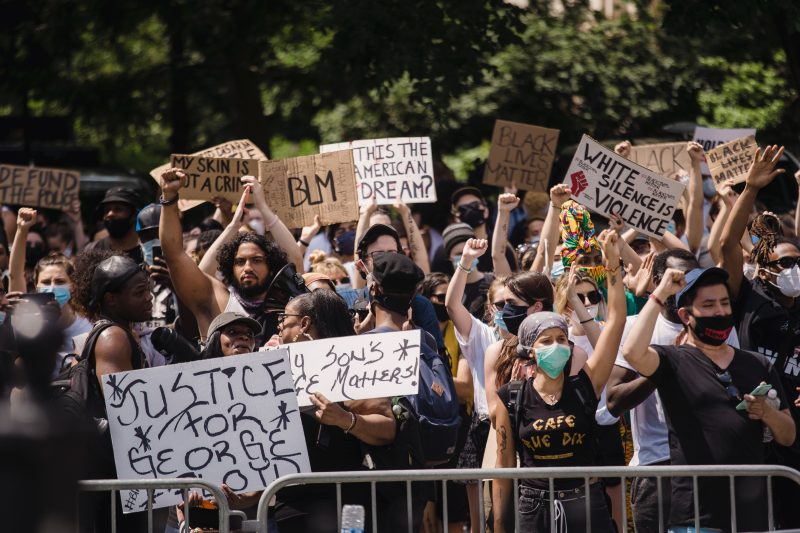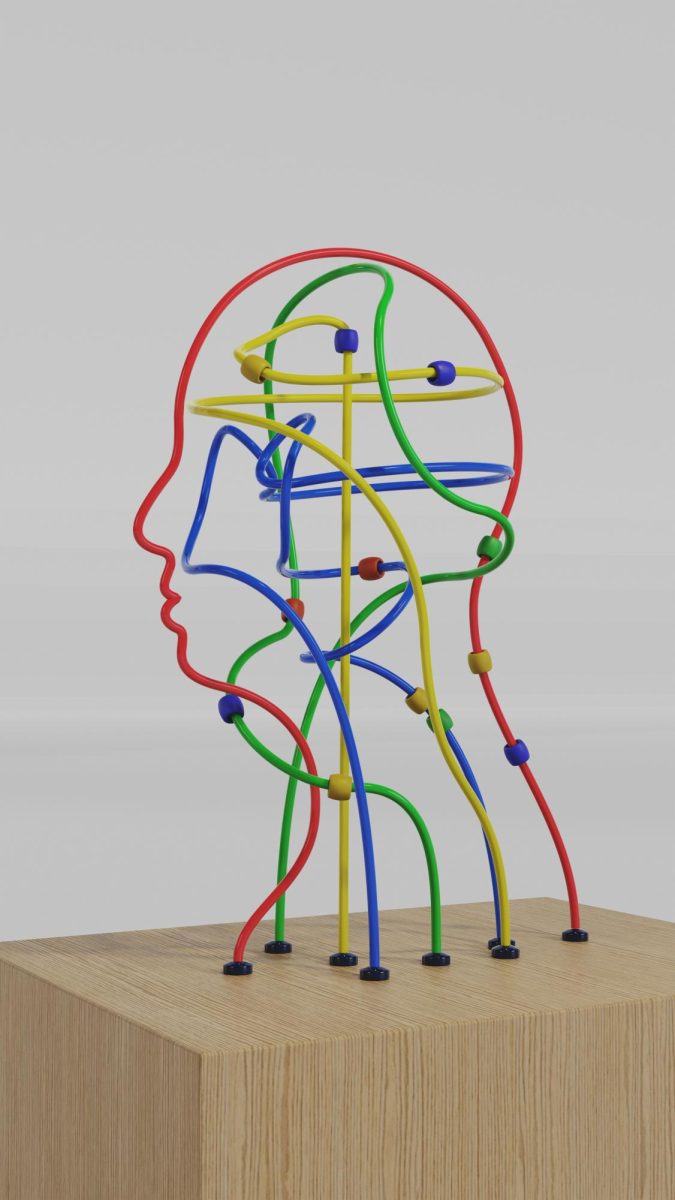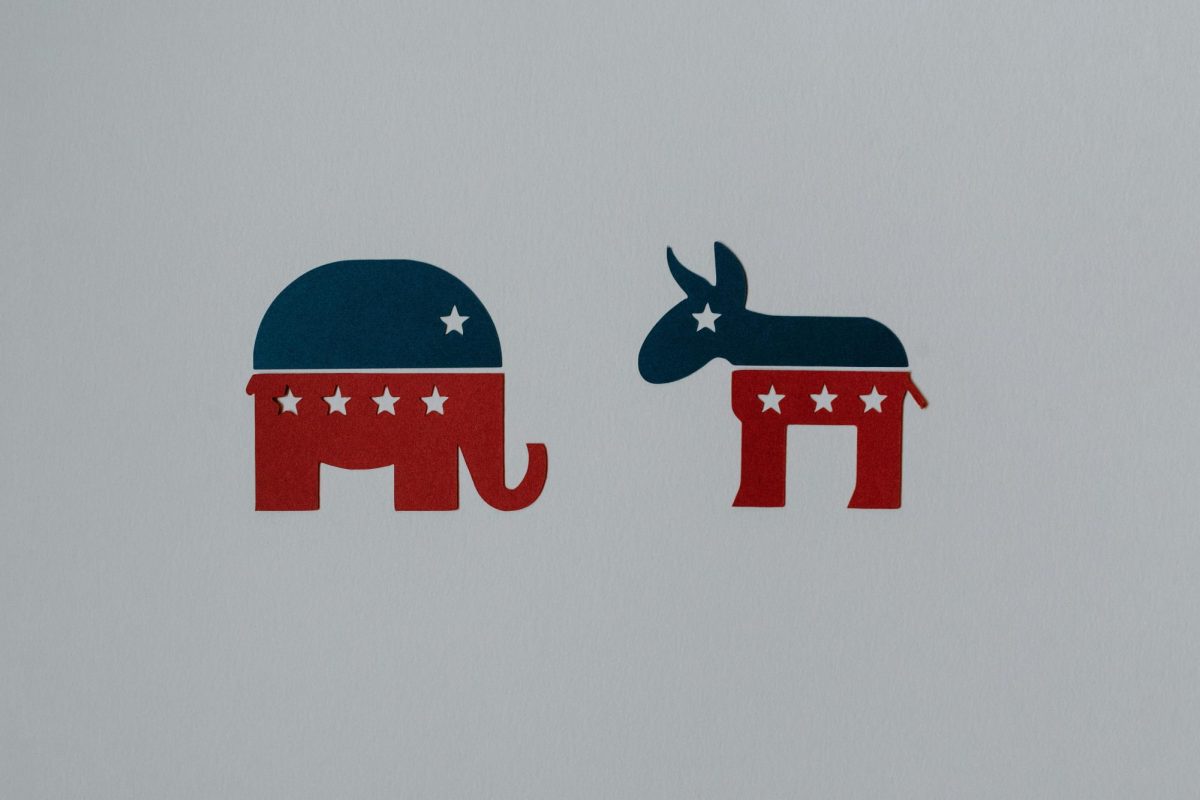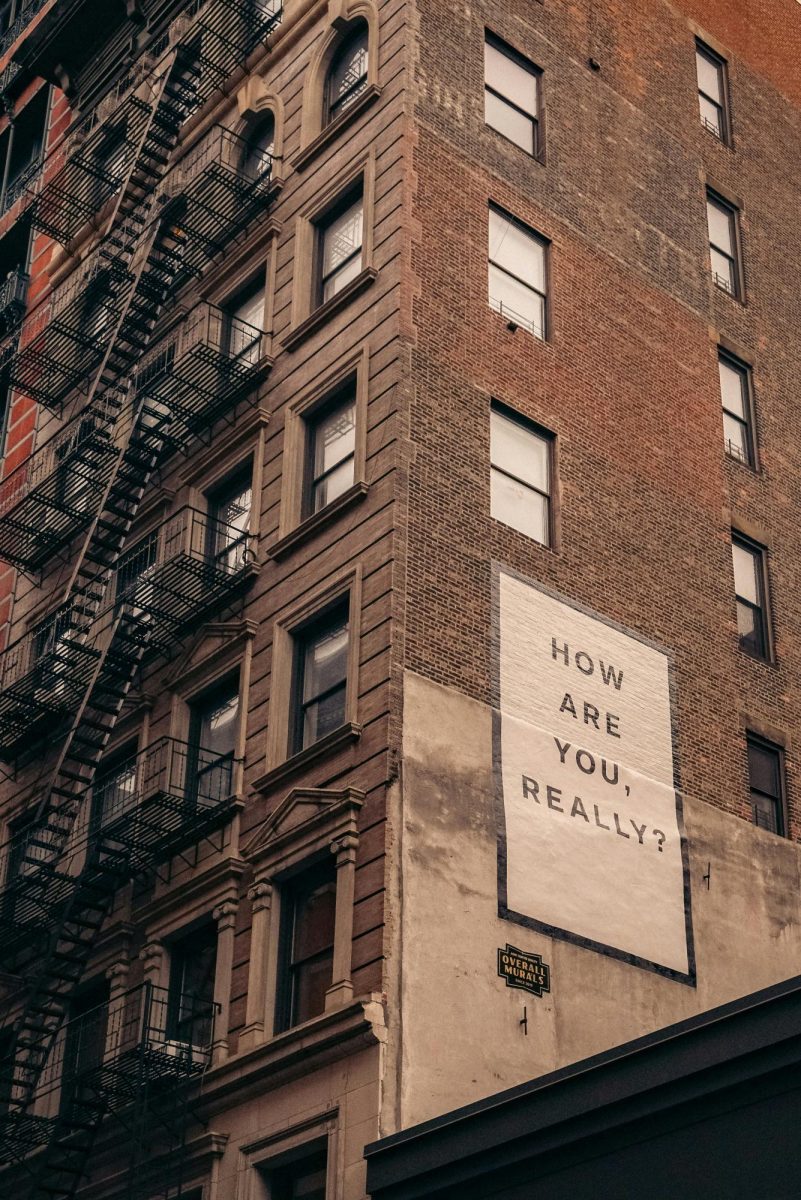(This story was originally published as Hate Crimes and Speech Affect Communities in Little-Known Ways in The Elevator in June, 2023.)
Living in fear
It seems unfathomable that something as simple as your skin color, your religion, or your sexuality can drive people to insult and harm you. However, every day, people of color, Jewish individuals, transgender and LGBTQ+ individuals, hijabis, and many other groups of people have to live in fear of this.
In an NPR article, Anette Jackson is a Walmart deli worker who is mixed but presents as someone of color. She has experienced hate speech and hate crimes in multiple forms. “I don’t feel safe at all,” Jackson said, “I would hesitate to call the police in fear they’d shoot me instead of the person I’m calling the police on. There are people that ride around with the Confederate flags hanging out the back of their trucks. And, you know, I don’t feel safe. I don’t feel safe in America.”
She has been spit on, called names, and all the hate she has experienced has been marked as acceptable. If these things keep being pushed off, more damage will begin to occur.
She shared how people begin to become more and more physically violent when hate speech has little visual effect. She said she no longer feels safe in her neighborhood and how these hate crimes driven by racism have only gotten worse throughout the years.
Hate crime statistics
Hate crimes and speech are defined as violence or abusive speech or writing that expresses or is motivated by prejudice on the basis of ethnicity, religion, sexual orientation, or similar grounds.
In a data analysis done by The Oregonian in 2022, there were 990 reported hate crimes, both adults and children being victims. Black individuals being the top target covering 28% of hate crime victims. Latino and LGBTQ+ individuals came in second and third being 17% and 15% of reported hate crime victims.
These hate crimes ranged from being spat on, punched, kicked, and strangled, to intentional property damage and vandalism, all the way to extreme violence and murder.
According to the United States Department of Justice, bias motivation categories for victims of single-bias incidents in 2021 are race/ethnicity/ancestry at 64.5%, sexual orientation at 15.9%, and religion at 14.1%.
These numbers were calculated after 14,859 law enforcement agencies sent in their data on offenses, victims, offenders, and locations of the hate crimes. The data sent in showed 10,840 hate crime incidents involving 12,411 offenses.
Vandalism in schools and cities

Lindsey Lieber, a Dean of Students at Oregon City High School, claims that “Vandalism is probably the most prevalent” between hate speech, violence, and vandalism. “and of course we see that in the bathrooms,” Whether it’s carved swastikas, racist terms, or even offensive drawings, it can be found carved into the bathroom stall or even on a classroom desk.
Lieber said that there is a lot of unawareness in many circumstances, that the students are not aware of the power that these discriminatory words and doings hold or the message that they send.
Although the severity of these types of vandalism is just as extreme, it doesn’t always look like drawn symbols and words. Aimee Green, a writer for the Oregonian, recently published an article on hate crimes. In this she states victims’ cars were “hit with sledge hammers or pounded with rocks,” and their own homes were “spray painted with hate speech”.
Major cases
In an extreme case, a man, Jeremy Christian, yelled racist and xenophobic things to a black teenager and a teenager wearing a hijab. He got so angry that he stabbed three passengers in the neck and killed two of them. He was sentenced to life in prison due to this act, however, the night before, he committed a previous hate crime. He didn’t get arrested because he was carrying weapons and was considered too dangerous to arrest at the time, which led him to be more violent in the future.
Fay Stetz-Waters, the director of civil rights and social justice at the Oregon Department of justice, said that when hate speech goes unaddressed, it can “embolden the perpetrators” and lead them to commit more serious acts, “almost like gamesmanship.”
“In many cases, victims said they got away only because they managed to outrun their attackers,” according to Aimee Green, a writer for the Oregonian.
There have been many other instances like this, such as a middle-aged woman chasing three children, ages 5, 11, and 12 with a pipe yelling “you black boy,” November of 2022, or a 53-year-old man who pointed a gun at two Guatemalan immigrants and their two children and yelled at them to “return to their home country.”
Effect on community
“Experiencing abuse or comments that make you feel uncomfortable can have an impact on your wellbeing. It can impact your mood and if it happens often enough, this can negatively affect your self-esteem and confidence,” said Reach Out AU in an article about understanding racism.
They explain how hate crimes in certain areas can sway where people choose to live and work. It can affect people’s schooling and work. They say that hate speech and hate crimes can “seriously affect quality of life,” because nobody wants to live in a world where they feel targeted.
Stetz-Waters said that because we have a long way to go in completely stopping these hate crimes, the first step we can take is prioritizing the voices of the victims. Our job is to make sure a victim’s voice is heard,” he said, “so people are not left feeling what happened is not significant and no one cares.”
While starting to educate kids at a younger age is optimum, it’s never too late. Oregon City High School used to have a No Place For Hate program a few years back. However when the schools opened back up after quarantine, the program wasn’t brought up again. Including this in OCHS school would do so much good. Examples of said good can be found at one of Oregon City’s Junior Highs, Tumwata Middle School.
“The committee has planned schoolwide projects to help students stand up to prejudice and harassment and be active bystanders to build an all-inclusive community,” Raymond Rendleman, editor of Oregon City News, said in an article.
A strong group like this that has the same end goal of creating a positive welcoming environment, helps to push a community in the right direction.
What does the future hold?
The only real way to reduce the rates of hate crimes, is to teach the severity of words and actions. Explaining the consequences of bullying and hate to younger aged children would give them the opportunity to grow up without so much cruelty. Putting a No Place For Hate program back into Oregon City High School would be a start to teaching teenagers. Lieber says that an all school assembly about hate speech could be of use. Hanging around the halls of OCHS are QR codes that students use to report hate crimes/speech that they see. Of course there is always an option to remain anonymous.
Spreading awareness is a huge effort to prevent hate crimes. There are “nationally done commercials on NBC” that talk about “anti-semtic and anti-jewish speech”, Lieber explained. It is good to get people talking about it so more people can get educated.
In Oregon City High School, if a student were to ever feel unsafe or misheard on campus, they could go seek help from their counselor, one of the two Dean of Students, or the Blue Room which is open often, and is a quiet space where students can sit to relax.
If you are to experience a hate crime or have something to report, call the Oregon Department of Justice hotline 1-844-924-BIAS(2427), or fill out their incident report form. Spread awareness and get educated.
Take the initiative and join the fight against hate crimes.







